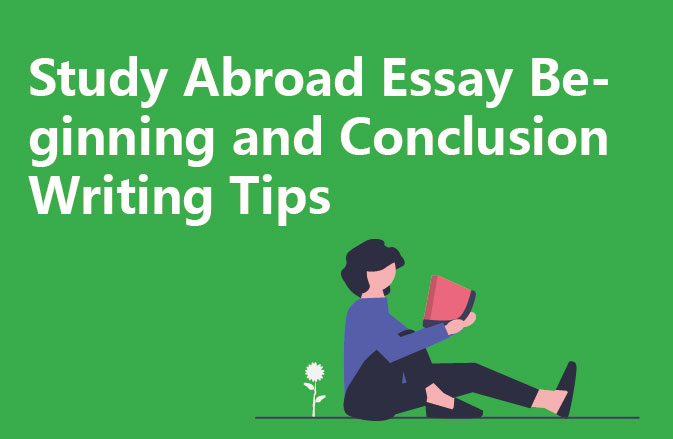This article mainly introduces how to write an excellent opening and conclusion part of an essay. It helps students to better grasp the norms and requirements of essay writing by introducing examples of different levels of English expressions, such as advanced, intermediate and even beginner levels. The importance of the conclusion part is also emphasised, and relevant examples are provided to show how to deal with sentences containing concluding content.
Keywords: dissertation; opening; conclusion; writing skills
Introduction: The opening sentence with a transition sentence is the key to writing a good thesis, which attracts the eye and prompts the reader to read in depth. An epilogue, on the other hand, sums up and summarises the points made earlier and can also extend the subject matter and make the essay thought-provoking.
Body text:
1. Opening Sentence
– Elementary level: Simply describing a phenomenon, a current situation, or an important issue, e.g., “As society advances, more and more people are realising the importance of environmental protection”. Commonly used as follows: “There is a growing recognition of environmental protection.”
– Intermediate level: Use contrast to reveal the relationship between phenomena, e.g. “In the past decade or so, the education industry has witnessed great changes. Not only does it pay more attention to theoretical knowledge, but also to the development of practical skills. Commonly used techniques include: “Over the past ten years, the education industry has witnessed drastic transformation involving the progression beyond mere theoretical knowledge to a greater emphasis on practical skill enhancement.”
– Advanced level: Reflects the current situation with data or examples and emphasises the writer’s personal opinion, e.g. “Developed countries invest heavily in the environmental industry every year, benefiting millions of people. However, environmental governance in African countries is far from the same, and the challenges posed by this gap cannot be ignored”. Commonly used sentences are: “Developed nations allocate billions annually toward environmental protection industries, empowering millions. Yet challenges cannot be ignored resulting from disparities in Africa’s environmental governance.”
2. Transitional Sentences
– Beginner level: Capture and reinforce the theme with additional contrasting phrases or verb phrases, e.g., “In addition, many other aspects (e.g., cost-effectiveness, etc.) also…”. . For example, “It, however, is highly economical compared to other alternatives.”
– Intermediate level: Use diagrams, examples, etc. to support your argument, e.g., “There is little sample data to support the validity of this view, despite the fact that it is popularly held.” Try to avoid lengthy supportive content and keep it simple.
– Advanced level: complex sentence structures are used to express ideas, e.g. “To fully understand the nature and workings of things, our preferred approach should be to analyse…”. . This sentence contains two object clauses as causative clauses, and the main stem is “Our preferred method should be to analyse…”. The main idea is “Our preferred method should be to analyse…”.
3. Transitional Sentences
– Elementary level: e.g. “However, there are drawbacks to this approach that cannot be ignored: ……”. These expressions are relatively simple and are mainly used to disprove a point or speculation made in the preceding text.
– Intermediate level: Contrasting writing techniques are still used, e.g. “Nevertheless, the taxes they collected were not enough to make up for the deficit in the fund paid out by the government”. It is important to note that when using contrasting writing techniques, the main body of the sentence should be the object of comparison, with the words around it adding to the description and enhancing the effect.
– Advanced level: using adverbs, conjunctions and so on to express the writer’s opinion or point of view, e.g. “In fact, what is most highly regarded nowadays is not the complete adoption of their opinions, but the sensible examination and criticism ……”. Logically, this type of turn of phrase is usually used to express the author’s opinion or viewpoint. Logically, this type of turn of phrase usually follows the author’s statement of a position and expresses an opinion that is somehow inconsistent with the preceding statement.
Concluding sentences: advanced level concluding statements are usually more complex and exhaustively argued, often involving innovative ideas, theoretical validation, and practical discussion. In addition, there are the following common closing sentence types for reference, and provide specific examples to illustrate their role.
1. Suggested conclusion: such as “In conclusion, this paper has important reference value for …… In conclusion, this article is an important reference value for . Only this kind of more rational and multi-faceted research tools can help us really solve the above problems”. Specific examples are as follows: “In conclusion, this study presents significant implications




